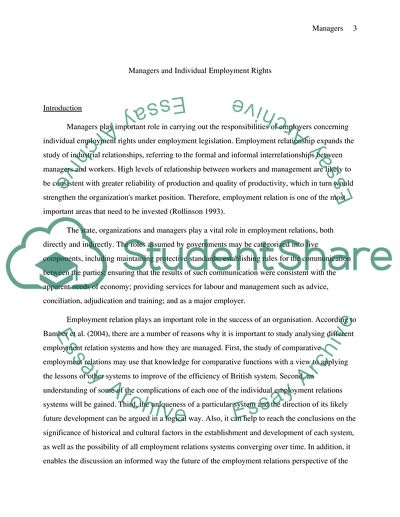Cite this document
(Managers and Individual Employment Rights Research Paper, n.d.)
Managers and Individual Employment Rights Research Paper. Retrieved from https://studentshare.org/law/1737693-labour-rel-court
Managers and Individual Employment Rights Research Paper. Retrieved from https://studentshare.org/law/1737693-labour-rel-court
(Managers and Individual Employment Rights Research Paper)
Managers and Individual Employment Rights Research Paper. https://studentshare.org/law/1737693-labour-rel-court.
Managers and Individual Employment Rights Research Paper. https://studentshare.org/law/1737693-labour-rel-court.
“Managers and Individual Employment Rights Research Paper”, n.d. https://studentshare.org/law/1737693-labour-rel-court.


